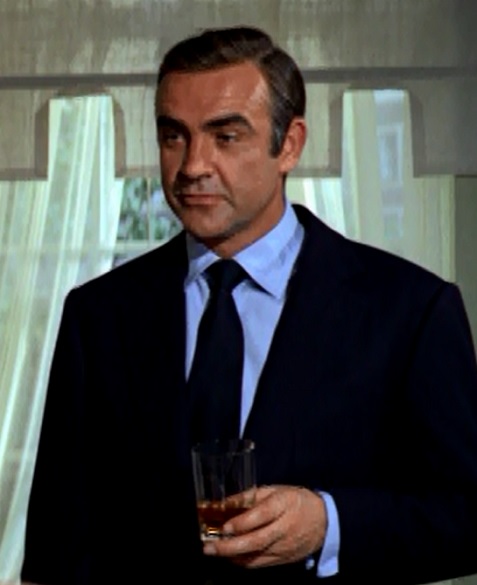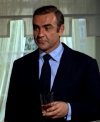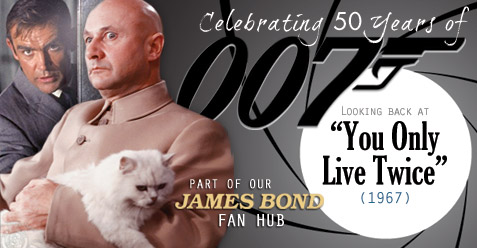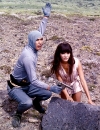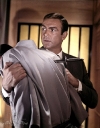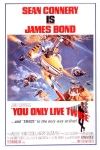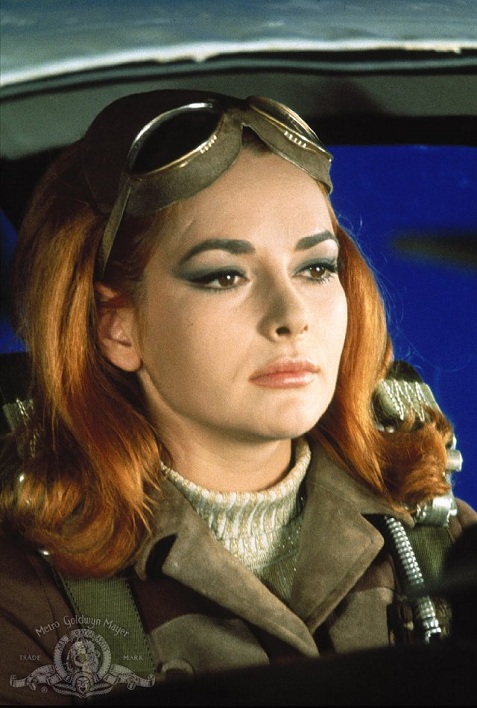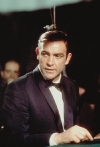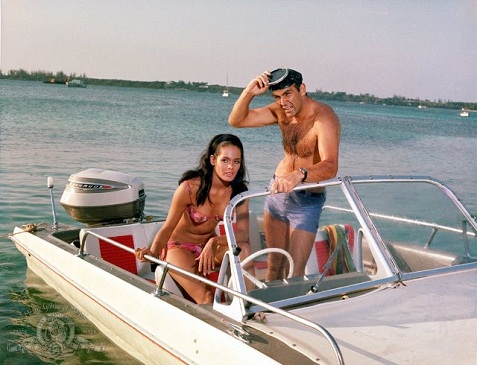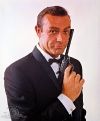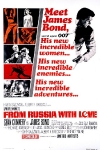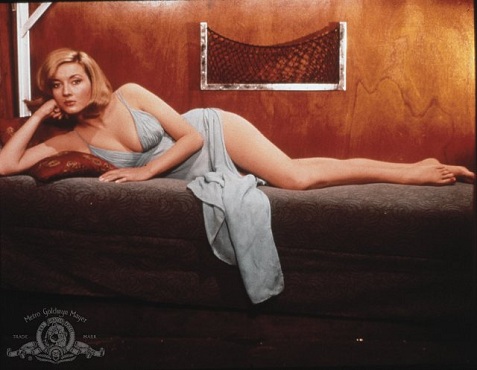007 One by One: “Diamonds are Forever”
Bullz-Eye continues its look back at every James Bond film, 007 One by One, as part of our James Bond Fan Hub that we’ve created to celebrate the 50th anniversary of the first Bond film.
It’s Vegas, baby, for James Bond, and he’s played by Sean Connery for the last time (until 1983). The jokiest and the most violent of the Bond films up to that point, it’s no one’s favorite 007 entry – and it’s a lot of people’s least favorite – but we still think it’s got way more panache than many of the films that followed. It’s…
“Diamonds are Forever” (1971)
The Plot
Diamond smuggling turns out to be, naturally, only the tip of the iceberg as a graying Bond (Sean Connery) unravels a chain of deception that leads him to a Las Vegas-based ultra-reclusive mega-tycoon (Jimmy Dean), and then onto 007’s not-actually-dead arch nemesis, Ernst Stavro Blofeld (Charles Gray). It turns out that killing Bond’s wife simply isn’t enough for the social climbing super-villain; he’s once again making 007’s life hellish while also having the bad manners to peddle thermonuclear supremacy on the world market. Bond, meanwhile, is nearly wearing out his license to kill.
The Backstory
Though it’s an underrated film and beloved of many serious Bond fans, 1969’s “On Her Majesty’s Secret Service” with George Lazenby was deemed insufficient as a blockbuster. It did well enough abroad, but it’s all-important American grosses was about half that of earlier Bond entries. By 1970, Lazenby was already one for the “where are they now?” columns.
A replacement was needed, and so was a big hit. Stolid American heartthrob John Gavin (“Psycho“) had been contracted as a fall-back Bond, but moguls Albert R. “Cubby” Broccoli and Harry Saltzman set their sights on the one actor alive least interested in stepping into the very big shoes of Sean Connery – Sean Connery. While the Scottish unknown-turned-superstar has always insisted he was very grateful for his Bond stardom, to all appearances, Connery was over James Bond — now and forever.
On the other hand, we all have our price. Connery’s was £1.2 million – quite a lot of money in 1970 and enough cash for the actor to start his own charity, the Scottish International Education Trust. To sweeten the deal, United Artists also allowed Connery the chance to take the creative lead on two of his own movies. The understanding was, however, very clear that Connery would never again play Bond…for the Broccoli and Saltzman’s EON team, at least, that turned out to be true.
You can follow us on Twitter and Facebook for content updates. Also, sign up for our email list for weekly updates and check us out on Google+ as well.
Posted in: Entertainment, Movies
Tags: 007, 007 50th anniversary, 007 films, 007 gadgets, 007 movies, 007 One by One, Albert R. "Cubby" Broccoli, Bambi and Thumper, beautiful Bond women, Bernard Lee, Blofeld, Bond babes, Bond films, Bond gadgets, Bond girls, Bond movies, Bond one by one, Bruce Cabot, Bruce Glover, Charles Gray, Cubby Broccoli, Desmond Llewelyn, Don Black, Downtown Las Vegas, EON Productions, Ernst Stavro Blofeld, Fremont Street Experience, Gert Fröbe, Goldfinger, Guy Hamilton, Harry Saltzman, Howard Hughes, James Bond, James Bond 007, James Bond 50th anniversary, James Bond actresses, James Bond babes, James Bond blog, James Bond cars, James Bond craze, James Bond franchise, James Bond girls, James Bond movies, Jill St. John, Jimmy Dean, Joe Robinson, John Barry, Lana Wood, Las Vegas, Leonard Barr, Lois Maxwell, M, Macbeth, Marc Lawrence, Miss Moneypenny, Mr. Kidd, Mr. Wint, On Her Majesty's Secret Service, Paul Williams, Peter Frank, Playboy Club, Plenty O'Toole, Putter Smith, Q, Q branch, Sammy Davis Jr., Sean Connery, Sid Haig, Sidney Lumet, Steven Spielberg, Ted Moore, Tiffany Case, Tom Manckiewicz, Tracey Bond, Valerie Perrine, Willard Whyte




